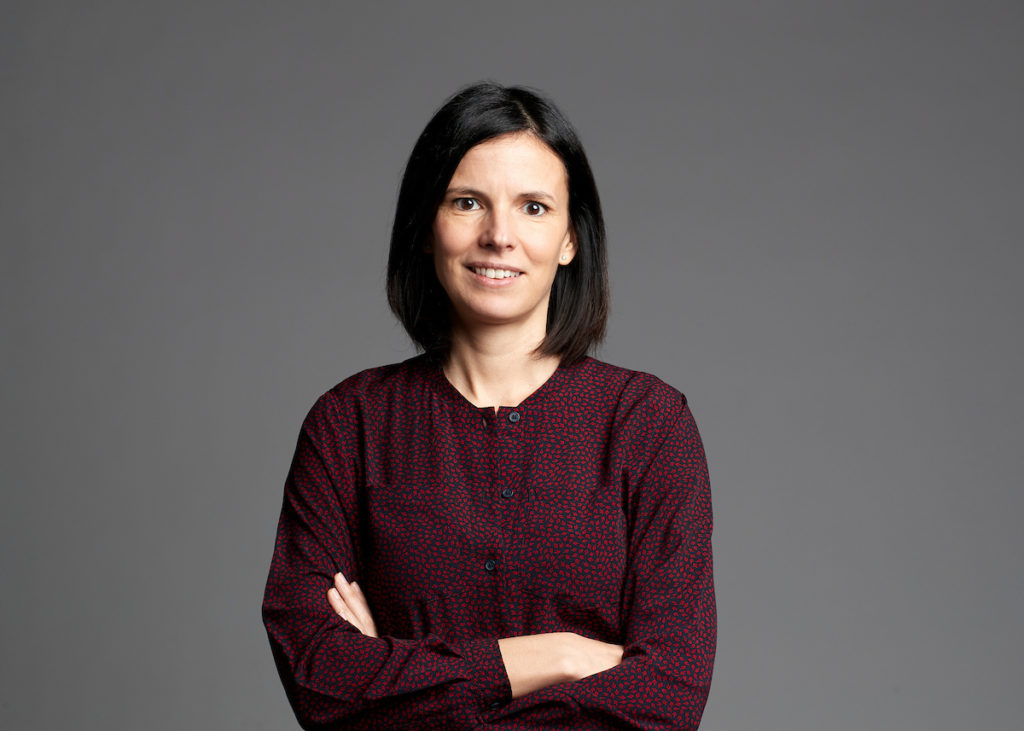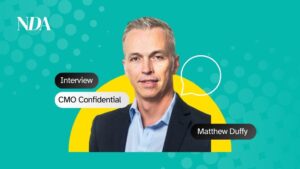‘Agents of Change’ is an ongoing initiative from MiQ (in partnership with New Digital Age) shining a spotlight on the individuals helping build the new Advanced TV (ATV) industry. As the ATV advertising marketplace continues to grow and expand rapidly, the series will feature profiles of key digital media execs who are helping to break down the traditional media buying silos in their own organisations.
In the second of the series, Emma Moorhead, General Manager within the media team at Wavemaker UK, discusses how agency teams are evolving to reflect the growing client interest in ATV and diversified video strategies…
Are you seeing more investment in ATV advertising?
We’re definitely seeing viewer eyeballs shift from traditional linear TV to other forms of TV, and advertisers want to follow those eyeballs with their budget. The growth in investment, initially at least, is fuelled by advertisers’ desire to maintain the reach that linear TV traditionally delivered for them, which requires them to diversify into other varieties of ‘video’.
There are two major sticking points right now. Firstly, the measurement of different video formats is a challenge because there isn’t a single agreed currency. What counts as an impression on one platform might be different on another. Then there’s an operational challenge for agencies in how they organise to buy across all the different video formats and how they achieve a holistic view of the opportunities in the market and how they compare to each other.
Are historical silos between agency AV and digital teams a problem when planning and buying ATV inventory?
In theory, yes, the silos still exist but the good thing is that they are now talking to each other. There are teams out there that are better at buying traditional linear TV, which requires a certain skill set, and teams that are more focused on digital and how to use the different platforms effectively. Here at Wavemaker, about six years ago, we started to look at how we could measure the value of an impact across different video platforms. At the time, we were seeing a disproportionate amount of investment going into Facebook, often using creative that wasn’t a good fit for the platform, and the teams buying Facebook inventory weren’t talking to the team buying TV inventory. They had limited visibility on how their work overlapped and supported each other, or how the cost of impressions in each environment compared in reality. To help provide a basis for comparison, we did a huge meta analysis of all the video campaigns we were running and wrote a research paper called ‘Open Video,’ which is now in its third iteration.
What can the industry do to reduce the fragmentation of the ATV marketplace?
Better measurement. Some sort of standardised cross-channel measurement would be useful but, at the moment, it’s also practically impossible to achieve. Everyone is now agreed that it’s necessary to have a diverse video portfolio to maximise your reach potential, but we’re not yet able to show what that reach potential actually looks like or show where there’s duplication across platforms. Having better access to the data that sits behind the walled gardens would be a big step forward.
How are you acting as an agent of change within your own organisation?
Mainly by getting the different teams to talk to each other. That sounds really simple, but in a big agency of 400 or 500 people, it’s actually quite difficult at times. It’s about creating a team of people that understand how the different platforms perform. Not everyone needs to be a technical expert, but we need to have enough people in the agency that can confidently understand the potential of each platform, even those that don’t sit within their own specialism. I’ve been trying to do that, in part, through our Open Video research and the framework we’ve developed based on that, which allows us to look at all video holistically and make informed decisions about our investment portfolio based on the single currency we’ve created.
What upcoming market developments are you most excited about?
I’m sure everyone will say the same thing but the fact that Netflix and Disney are going to be taking advertising is really exciting. Being able to reach audiences via new platforms is great but comes with a whole new set of challenges around data and measurement.
We’re also doing lots of work within Wavemaker, alongside our sister Group M agencies, to create an ‘impact score’. This will allow us to better assess the value of an impact across all the different video opportunities by measuring the ability to boost business outcomes. We’re getting closer to truly understanding how different video platforms perform at different stages of the purchase journey which ultimately is the end goal of our investment decisions.
MiQ, in partnership with New Digital Age, recently published a special insight report, Agents of Change: Shaping the future of Advanced TV advertising, featuring further profiles of key digital media executives who are helping to leverage the incredible potential of ATV. You can download the full report for free here.












